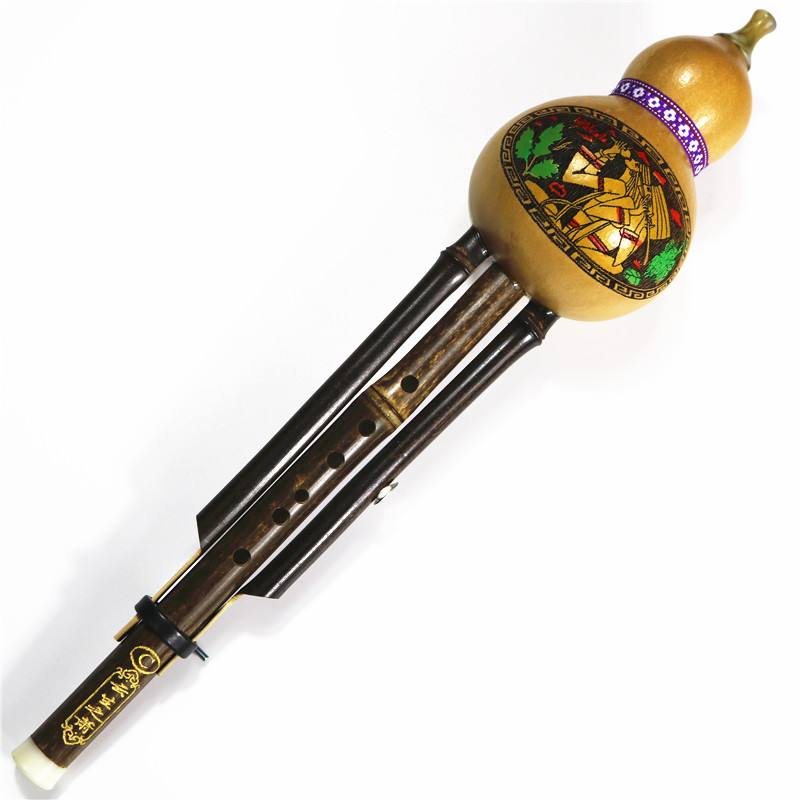The rhythm of the cucurbit flute
Rhythm is an essential element in musical composition, and in musical language, rhythm is like a skeleton. Music without rhythm will become a chaotic list of notes, let alone shape the image of music. Therefore, in the performance of cucurbit flute, it is very important to master the rhythm, which directly affects the performance of art!

Some friends like to use their feet to beat the beat or count the beat during the performance. If this method is used in practice to strengthen the sense of the beat, it is ok to use it temporarily, but the beat count only reflects a mechanical number of times. Rather than having light, heavy, slow, urgent, expressive musical rhythm. Counting the beats will make the player not feel the vivid rhythm of the music during the performance, and will detract from the cultivation of the player's inner sense of rhythm. The key to developing an inner sense of rhythm is to understand the role of various rhythms in portraying the image of music by analyzing the melody. Only by combining the music content can we truly appreciate what a vivid rhythm is, and gradually strengthen the inner sense of rhythm in the performance practice! I think in playing, the problems that tend to occur in the rhythm are the inaccurate timing of the notes, the improper placement of the tempo or rhythm accents.
Some people have a very unstable grasp of the rhythm pattern of the same time value, and it is generally easy to play faster and faster. In such a situation, as long as you pay attention to the emphasis on the beats, it is enough to maintain a stable time value between the strong beats and the strong beats. Consistently, the movement of the hands also forms a law of movement with the rhythm, pay attention to the close coordination of the movements of both hands, and keep the rhythm stable! Some friends are not accurate enough to play the time value of the dotted note. When playing the slow dotted note, it is often easy to play the first note into a freely extended rhythm, and at the same time, it is easy to shorten the duration of the notes after the dotted note. As you can imagine. For fast-speed dotted notes, it is often easy to blow the time value of the dotted notes. The correcting method is to pay attention to the rhythm and stress of the phrase. The eighth note is used as one beat, and after the proportional relationship of the rhythm of the dotted notes is played accurately, it is restored to the quarter note as one beat to play. At the same time, when blowing the notes behind the dots, as long as the breath is slightly longer, it is easy to close the tempo and stabilize the rhythm.
 渝公网安备 50010702504639号
渝公网安备 50010702504639号